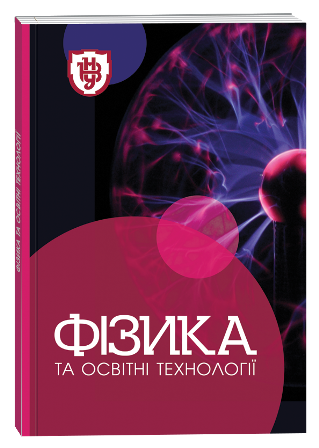TO QUESTION ABOUT UNIFICATION THE BASIC LAWS OF PHYSICS AND INFORMATION THEORY
DOI:
https://doi.org/10.32782/pet-2024-1-9Keywords:
unification, de Broglie, Fermat, Maupertuis, Lagrange, Hamilton, Rayleigh, uncertainty principle, physics, information theory, open systemsAbstract
The main problems of unification the basic laws of physics and information theory are discussed. Next aspects of this problem: laws, constants and system, are analyzed. The evolution main universal physical laws from optical Ferma principle to action principle in their historical retrospective is resеаrched. The main thermodynamical principles as Carno theorem, Prigogine-Glensdorf principle are represented. The role of physical constants in the creation universal theories is est note. Stoney and Planck system of fundamental physical constants and its place in modern theory are analyzed. The impact of the development of physical theories on the emergence and development of systems theory is shown. According to E. B. de Condillac, any set of connected elements is a system. Moreover, part of these elements are the principles by which the corresponding system was created. At the same time, the number of principles should be minimal, and preferably one. Information theory is analyzed on the basis of its universal principle – Shannon's theorem. The connection between physics and information theory is shown. For this, the theory of information-physical structures was used. A more universal unification was obtained from the generalization from L. de Broglie's formula about the equivalence of the amount of ordered and disordered information. It is shown that on the basis of a dimensionless quantity that can be interpreted both as a dimensionless action and as a dimensionless entropy, it is possible as a partial case to obtain the basic universal laws of physics and information theory. In this case, the analogy between thermodynamic and information entropy becomes more obvious. Further prospects for the development and application of the proposed methods of unification in in various branches of modern science, including verbal and non-verbal knowledge systems, are analyzed and discussed. The idea of the possibility of creating a unified system of knowledge is also expressed.
References
Barrow J. D., Tippler F. The Anthropic Cosmological Principle. Oxford: University Press, 1986, 676 p.
Bohr N. The Quantum Postulate and the Recent Development of Atomic theory.// Nature, Supplement, 1928,121: 580–590.
De Broglie L. Thermodynamique du point isolé (Thermodynamique cachée des particules). Paris: Gauthiers Villars, 1964, 104 р.
De Condillac E. B. Traite des systemes. New York: Kessinger Publishing, 2009, 127 p.
George F. H. Philosophical foundations of cybernetics. Tunbridge Wells: Abacus Press, 1979, 157 p.
Perina J. Coherence of light. Berlin: Springer Verlag, 1985. 350 p.
Shannon C. Mathematical Theory of Communications, The Bell System Technical Journal, 1948, 27: 379–423, 623–656.
Трохимчук П. П. Теоретична фізика. Луцьк: Вежа-Друк, 2017. 260 с.
Trokhimchuck P. P. Theories of Everything: Past, Present, Future. Saarbrukken: Lambert Academic Publishing, 2021. 260 p.
Трохимчук П. П. Теорія оптимальних динамічних (інформаційно-фізичних) структур. Доповіді Академії наук України, 1992, № 1: 22–25.








